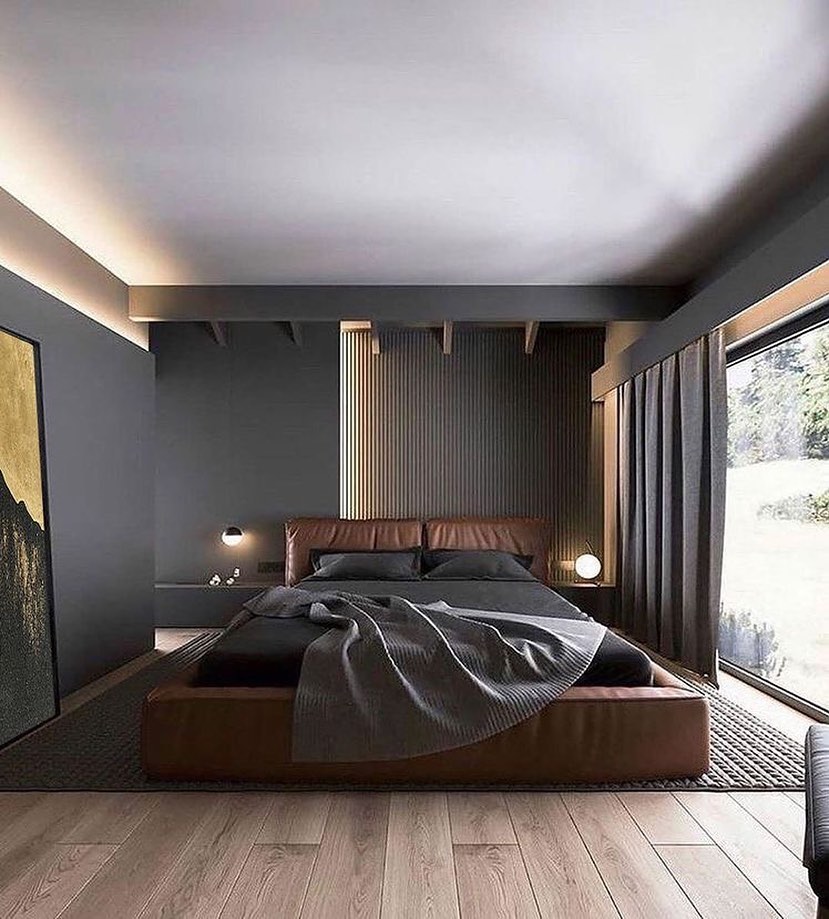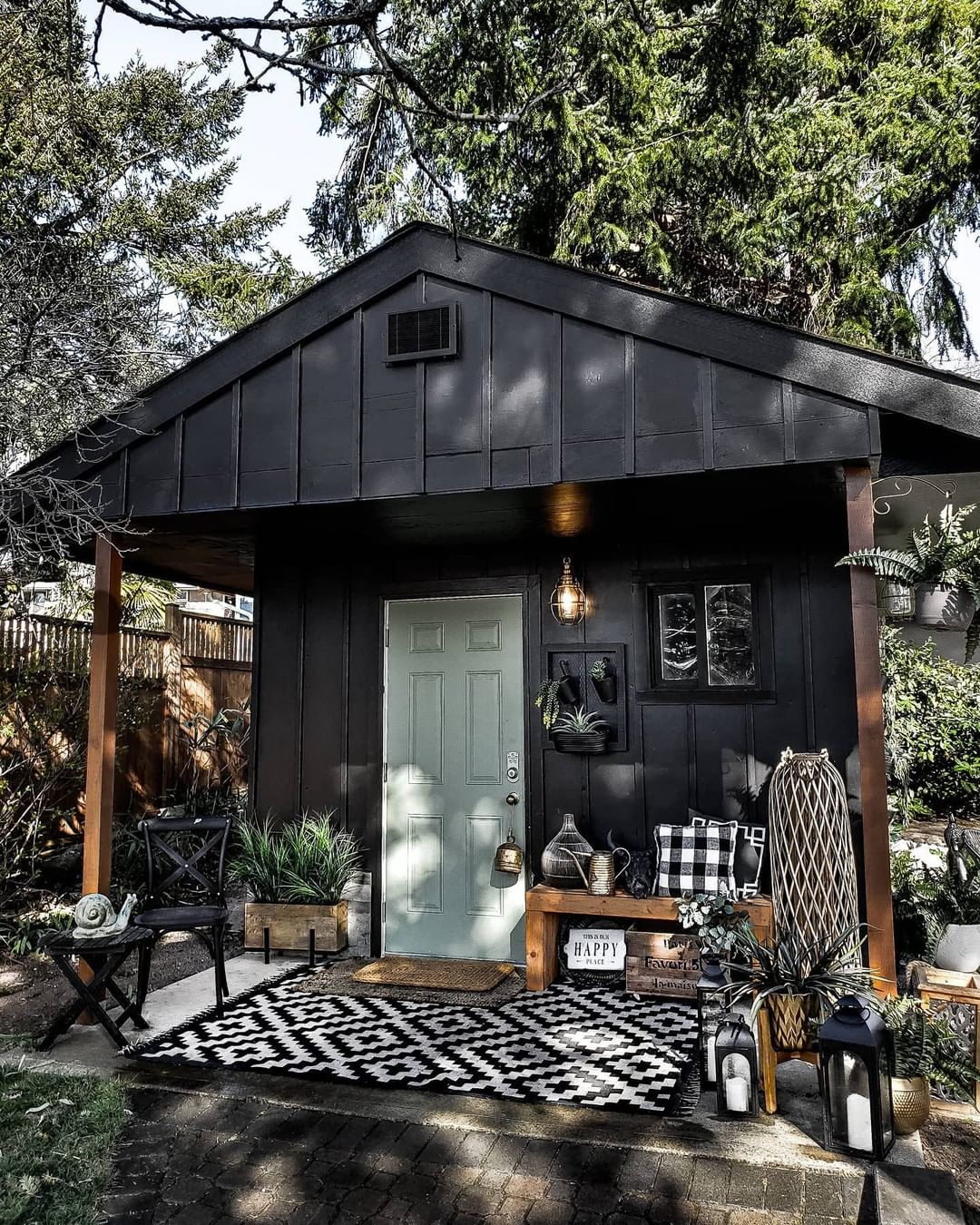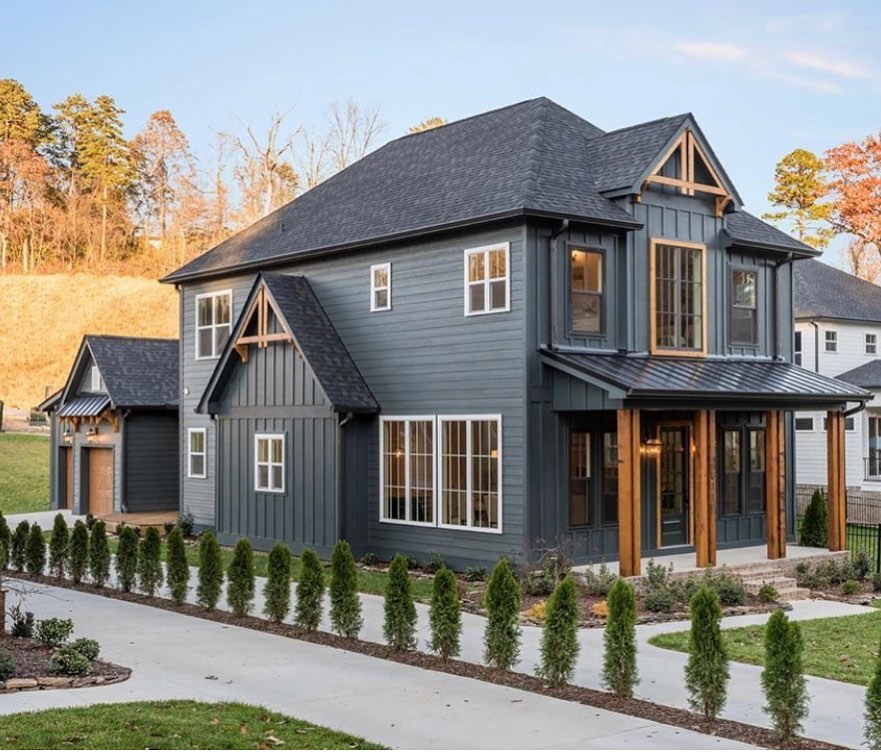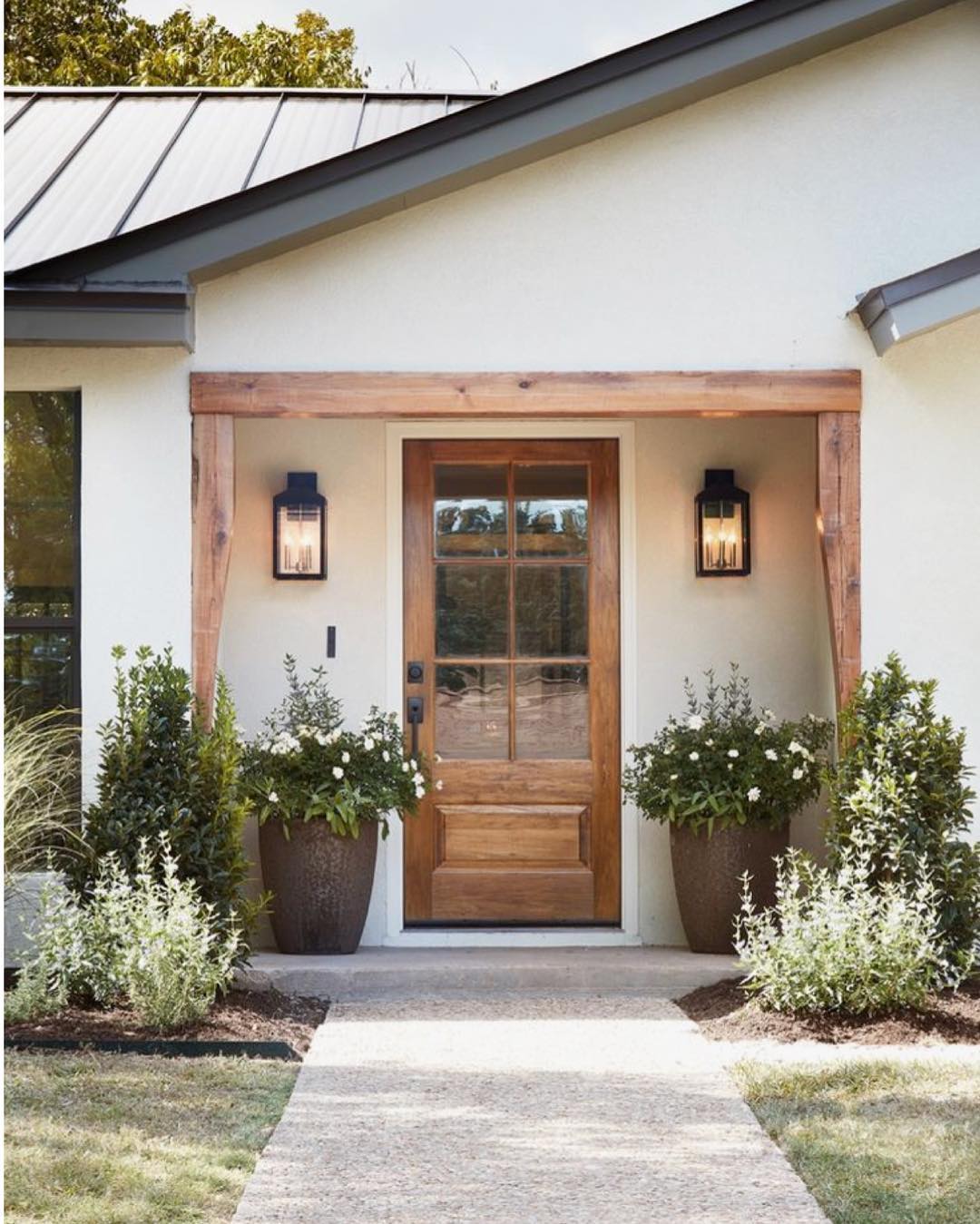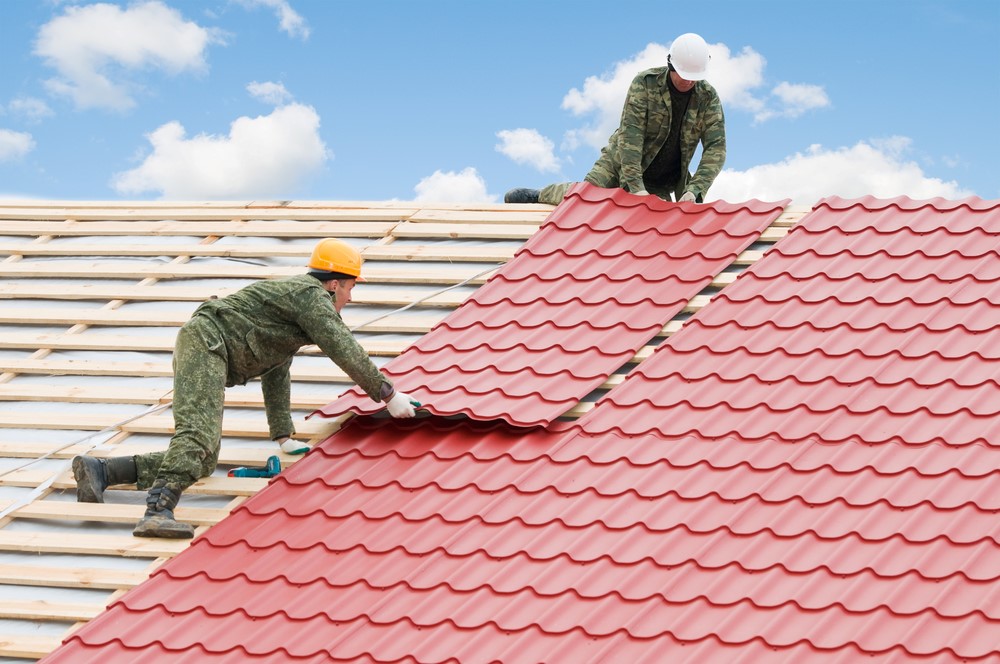
The quest for energy efficiency has become a significant concern in recent years, prompting homeowners and businesses to examine all aspects of their properties, including the roof. With the growing awareness of environmental issues and the rising cost of energy, choosing an energy-efficient roofing option has gained paramount importance. Among the several options available, the most energy-efficient roofing option is reflective roofing, also known as cool roofs.
What is The Most Energy-Efficient Type of Roof?
Reflective roofing is designed to reflect more sunlight and absorb less heat compared to traditional roofing materials. It is accomplished by using materials with high solar reflectance and thermal emissivity properties. This effectively reduces the amount of solar heat absorbed by the roof, lowering the energy required for cooling the building. Reflective roofing materials can reduce roof surface temperatures by up to 50 degrees Fahrenheit, leading to substantial energy savings during the cooling season. To reducing energy consumption and costs, reflective roofing also provides a host of other benefits. One major advantage is its ability to improve indoor comfort. By reducing heat absorption, cool roofs can help maintain a more stable indoor temperature, resulting in a more comfortable living or working environment. Moreover, reflective roofing can extend the lifespan of the roof by minimizing thermal stress, preventing premature deterioration, and reducing maintenance expenses.
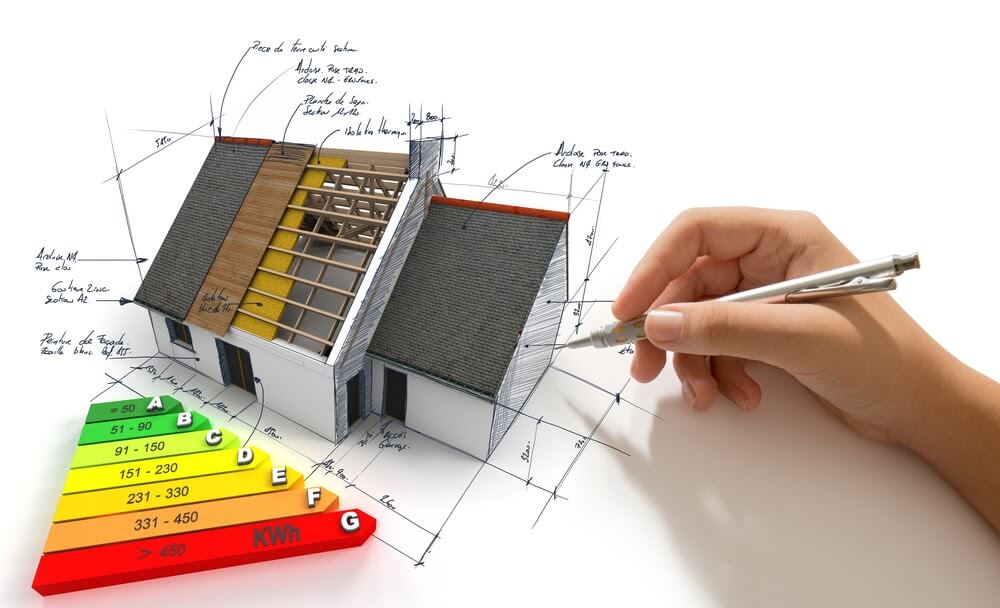
What Is the Most Energy-Efficient Roofing Option
Cool roofs offer environmental advantages beyond energy efficiency. Reduced heat absorption means lower demand for energy production, resulting in decreased greenhouse gas emissions and a smaller carbon footprint. Additionally, reflective roofing can mitigate the urban heat island effect, which occurs when built-up areas absorb and retain heat, leading to higher temperatures in densely populated regions. By reflective roofing implementation, we can combat this issue by minimizing heat absorption and reducing ambient temperatures. Despite these impressive benefits, it is crucial to consider the climatic conditions and specific requirements of each geographical area when choosing an energy-efficient roofing option. Reflective roofing is highly effective in hot and sunny climates, where cooling costs are a primary concern. On the other hand, in colder regions, maximizing solar heat absorption through roofing materials may be more desirable during the heating season. Additionally, the cost of installation and the availability of suitable materials should also be taken into account when considering the most viable option.
When it comes to energy-efficient roofing, reflective roofing or cool roofs stand out as the most effective option. By reflecting sunlight and reducing heat absorption, they can significantly decrease energy consumption and costs, improve indoor comfort, extend the lifespan of the roof, and contribute to environmental conservation. However, it is important to consider regional climate conditions and individual requirements when selecting the most appropriate roofing option. Ultimately, making an informed decision in favor of energy efficiency will not only benefit our pockets but also contribute to a more sustainable future.

